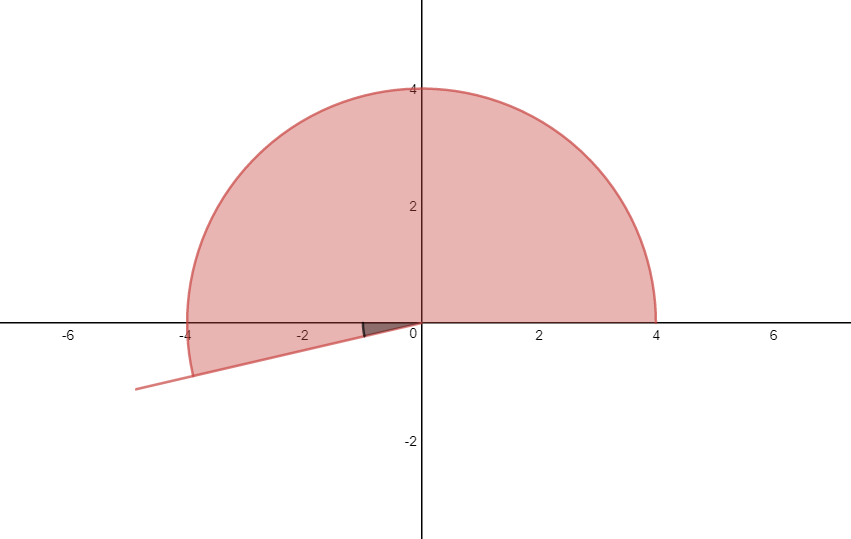When sketching angles in standard position, you must draw the initial side and the terminal side. The initial side is drawn on the positive #x#-axis. The terminal side is drawn with the given angle measure away from the initial side.
 )
)
The initial side represents an angle measure of #0#. The positive #y#-axis represents a measure of #90^@# or #(pi)/2# radians. The negative #x#-axis represents a measure of #180^@# or #pi# radians. The negative #y#-axis represents a measure of #270^@# or #(3pi)/2# radians. When you have an angle equivalent to #360^@# or #2pi# radians, the terminal side rests on the initial side.
In this case, #theta = 203^@# is between #180^@# and #270^@#. Sketch it a little past the negative #x#-axis, which represents #180^@#.
 )
)
The reference angle is the acute angle made with the #x#-axis and terminal side of the angle. In this case, the angle shaded in black is the reference angle. The reference angle is useful when trying to evaluate trigonometric ratios.
We can find its measure by calculating how far away it is from the #x#-axis:
#203^@ - 180^@ = 23^@#
)
 )
) 
